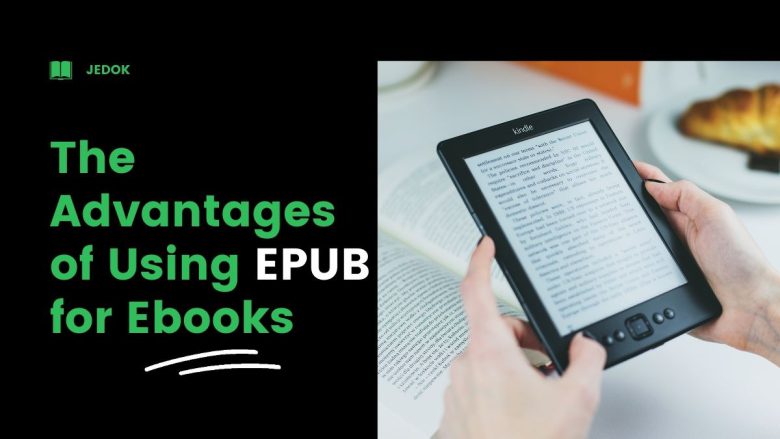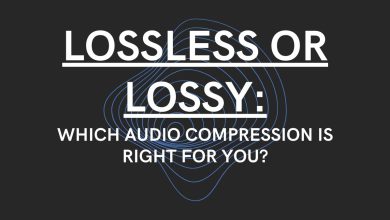
In the digital age, how we consume written content has changed dramatically. Ebooks have become a staple in readers’ lives around the world. They provide the convenience of carrying a whole library on one device. Many ebook formats are available. EPUB (Electronic Publication) is the preferred option for both publishers and readers. This blog post discusses the many benefits of using EPUB for ebooks. It explains why EPUB has become the top format in digital publishing.
Understanding EPUB
EPUB is an open standard for ebooks. It was developed by the International Digital Publishing Forum (IDPF). The IDPF is now part of the World Wide Web Consortium (W3C). The format is adaptable. Ebooks can be read on many devices, like e-readers, tablets, smartphones, and computers. EPUB files are essentially HTML, CSS, and image files that have been compressed together.
Key Features of EPUB:
- Reflowable Text: One of the most significant features of EPUB is its ability to reflow text, meaning the content automatically adjusts to fit different screen sizes and orientations.
- Multimedia Support: EPUB supports multimedia elements, including images, audio, and video, enhancing the reading experience.
- Interactivity: EPUB allows for interactive features such as hyperlinks, embedded fonts, and even interactive quizzes or forms.
- Accessibility: EPUB files can be optimized for accessibility, making them readable by screen readers and other assistive technologies.
- Open Standard: As an open standard, EPUB is not tied to any specific company or device, promoting widespread compatibility.
Read How to Convert PDF to EPUB Online for Free.
Advantages of Using EPUB for Ebooks
1. Enhanced Reading Experience
EPUB’s reflowable text feature ensures ebooks provide the best reading experience. It works across all devices. EPUB reflows content to fill screens of varying sizes, from tablets to phones. This adaptability ensures that text is always readable. It stops the need for constant zooming or scrolling.
Additionally, EPUB supports adjustable font sizes and styles. This allows readers to tailor their reading to their preferences. This feature is helpful for people with visual impairments. It lets them increase the font size for easier reading.
2. Multimedia Integration
EPUB’s support for multimedia elements opens up new possibilities for creating engaging and interactive ebooks. Authors and publishers can incorporate images, audio, and video to complement the text, providing a richer and more immersive reading experience. For example, a cookbook in EPUB format can include video tutorials alongside the recipes, or a travel guide can feature audio descriptions of various landmarks.
3. Interactive and Enhanced Features
EPUB supports a variety of interactive features that can improve the usability and appeal of eBooks. You can embed hyperlinks in the text. They help readers navigate between sections and access external resources. EPUB is great for educational materials and children’s books. It can include interactive quizzes, forms, and even small games.
Also, EPUB supports embedded fonts. This ensures that the ebook’s text looks the same on all devices. This feature lets designers keep the ebook’s intended look. It leads to a unified and pro look.
4. Accessibility
Accessibility is an important consideration in modern publishing, and EPUB excels in this regard. The format supports many accessibility features. These include text-to-speech, screen reader compatibility, and text size and contrast adjustments. EPUB’s structure allows for semantic markup. Assistive technologies can interpret it. This makes reading more accessible to people with disabilities.
The W3C oversees the EPUB standard. It stresses the importance of accessibility. This means ensuring that ebooks can be enjoyed by a wide range of people. This includes those with visual, auditory, or cognitive disabilities.
5. Widespread Compatibility
EPUB is an open standard that is not proprietary to any company or device, ensuring widespread compatibility across multiple platforms. You can read EPUB files on most e-readers. This includes popular devices like the Amazon Kindle (with conversion), Kobo, and Nook. You can also read them on tablets and smartphones using ebook reader apps. EPUB is compatible with many devices. It is a versatile option for publishers who want to reach a large audience.
EPUB is open, unlike proprietary formats. It promotes interoperability and reduces the risk of vendor lock-in. Readers can use many devices, not just one platform. They can choose how and where to read their ebooks.
6. Efficient File Management
EPUB files are typically smaller in size than other formats, like PDF. This efficiency in file management is due to the format’s ability to compress content. It does so while maintaining quality. Smaller file sizes let readers store more ebooks on their devices. They can also download them faster, improving the user experience.
For publishers, smaller file sizes translate into lower storage and distribution costs. This efficiency is especially useful for big digital libraries. It is also helpful for educational institutions that manage large ebook collections.
7. Future-Proof and Evolving Standard
EPUB is constantly evolving, with regular updates and improvements to the standard. The W3C oversees the format’s development. It ensures that the format keeps up with the latest advances in web tech and digital publishing. EPUB is a future-proof choice for publishers. This is because of its commitment to ongoing development. This allows the format to adapt to new devices, features, and user expectations.
Also, EPUB is open. It encourages innovation and collaboration in digital publishing. We are constantly developing new features and capabilities. They ensure that EPUB stays at the forefront of ebook technology.
8. Cost-Effective for Publishers
Making and selling EPUB ebooks can cost less than print publishing. Eliminating printing, shipping, and warehousing costs significantly reduces overall publishing expenses. Also, digital distribution enables instant delivery to readers worldwide. It eliminates the challenges of physical distribution.
EPUB is compatible with many publishing tools and platforms. This helps to streamline production. Many popular publishing programs, such as Adobe InDesign and Sigil, fully support making and editing EPUB files. They allow publishers to efficiently make high-quality ebooks.
9. Environmental Benefits
The move to digital publishing helps the environment. EPUB is a big part of this. eBooks reduce the carbon footprint of traditional publishing. They do this by cutting the need for paper, ink, and physical transport. This aspect of EPUB is especially beneficial to environmentally conscious publishers and readers.
Conclusion: The Future of Digital Reading
The benefits of using EPUB for ebooks are plentiful and compelling. EPUB is the top format in digital publishing. It improves the reading experience with reflowable text and multimedia. It also boosts accessibility and compatibility. It has efficient file management. It is cost-effective and good for the environment. This makes it appealing to publishers and readers.
The digital landscape is evolving. EPUB is an open standard. Its commitment to ongoing development keeps it key in the ebook world. It can open up many possibilities. Embracing EPUB can do this. It doesn’t matter if you’re an author, publisher, or reader. It can transform how we create, spread, and read written content in the digital age.


